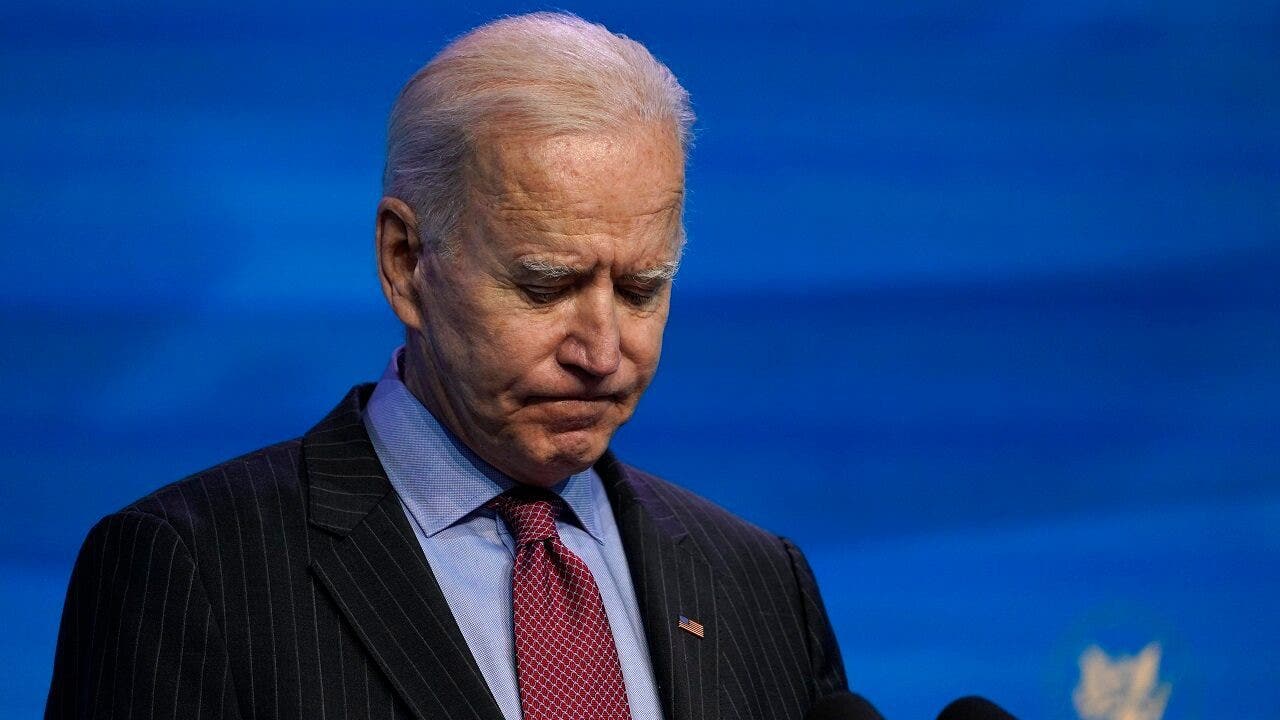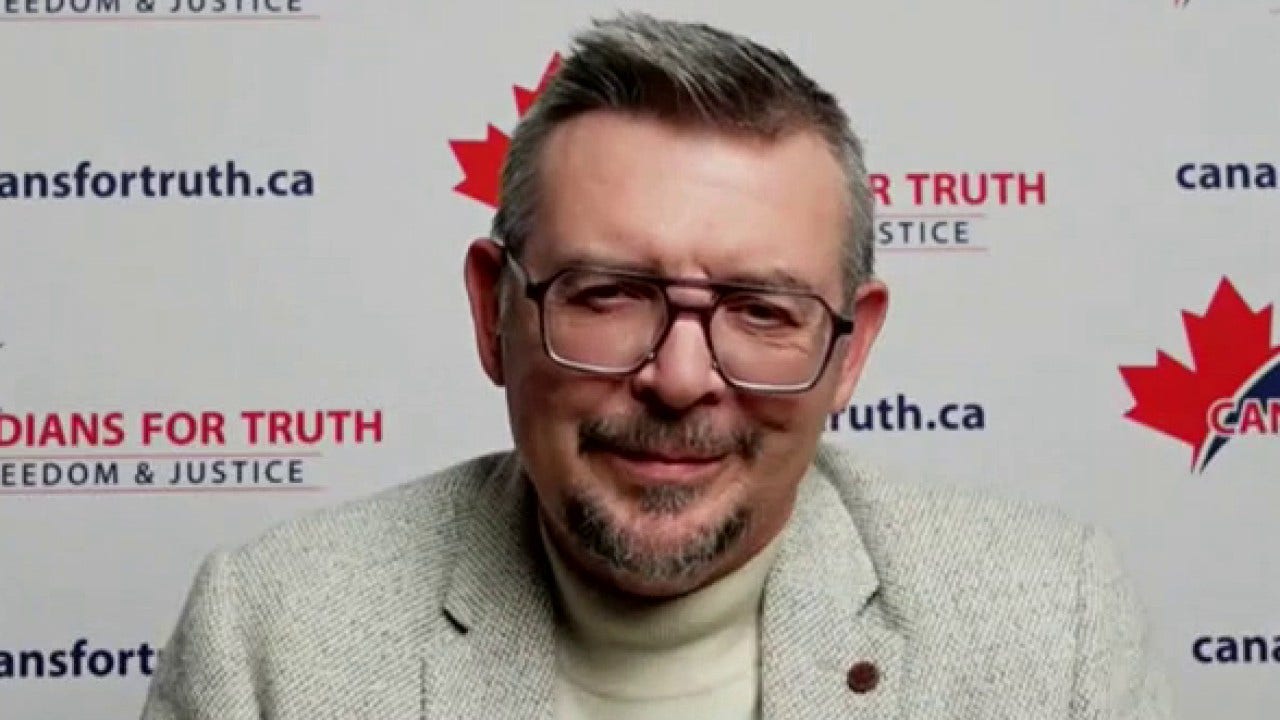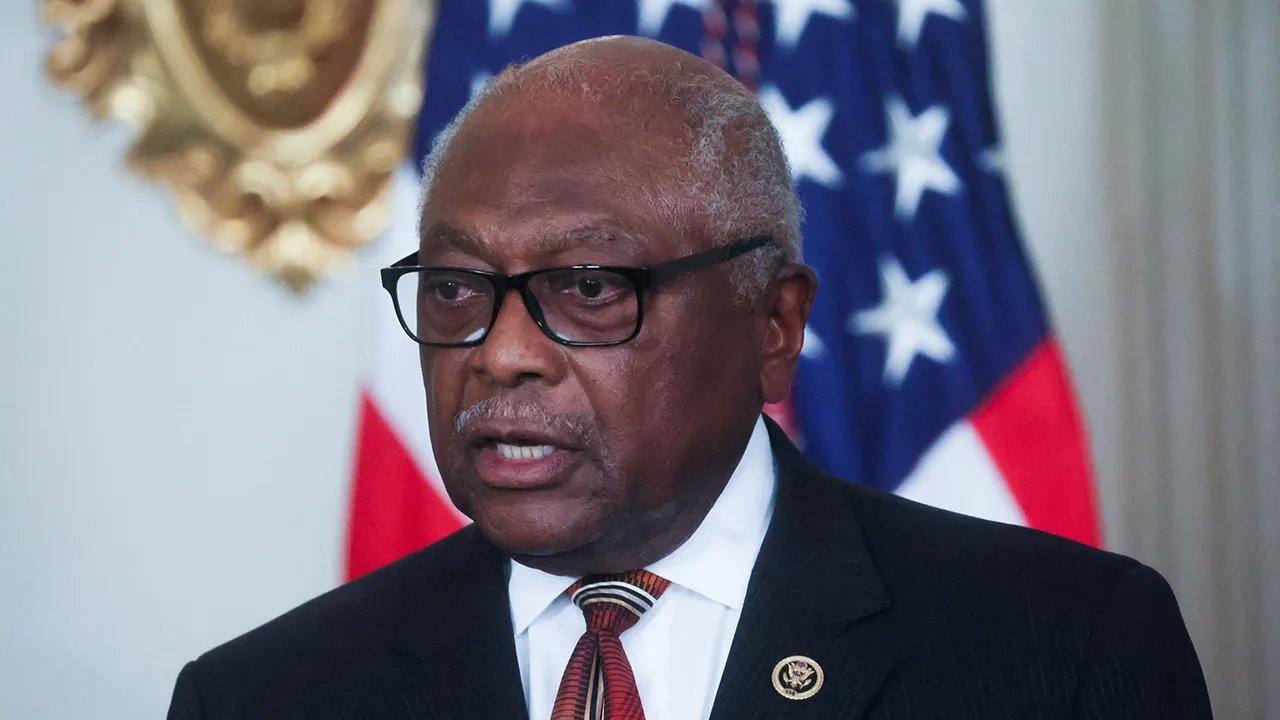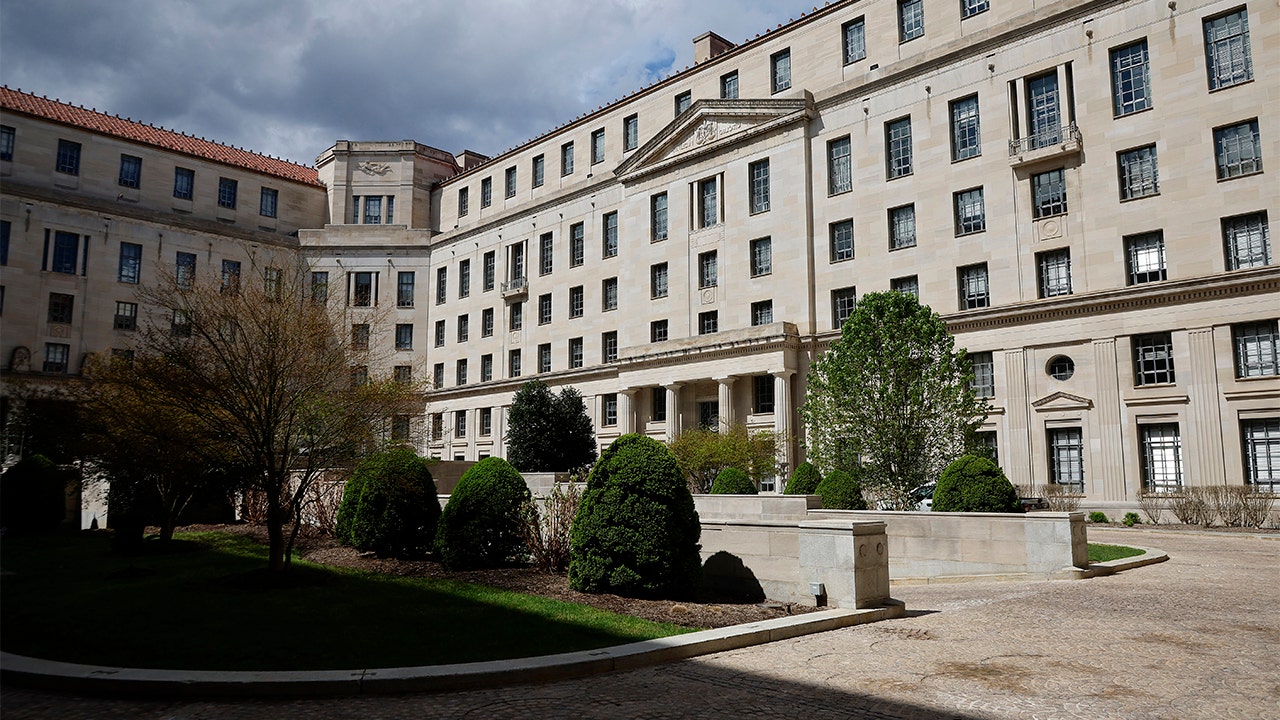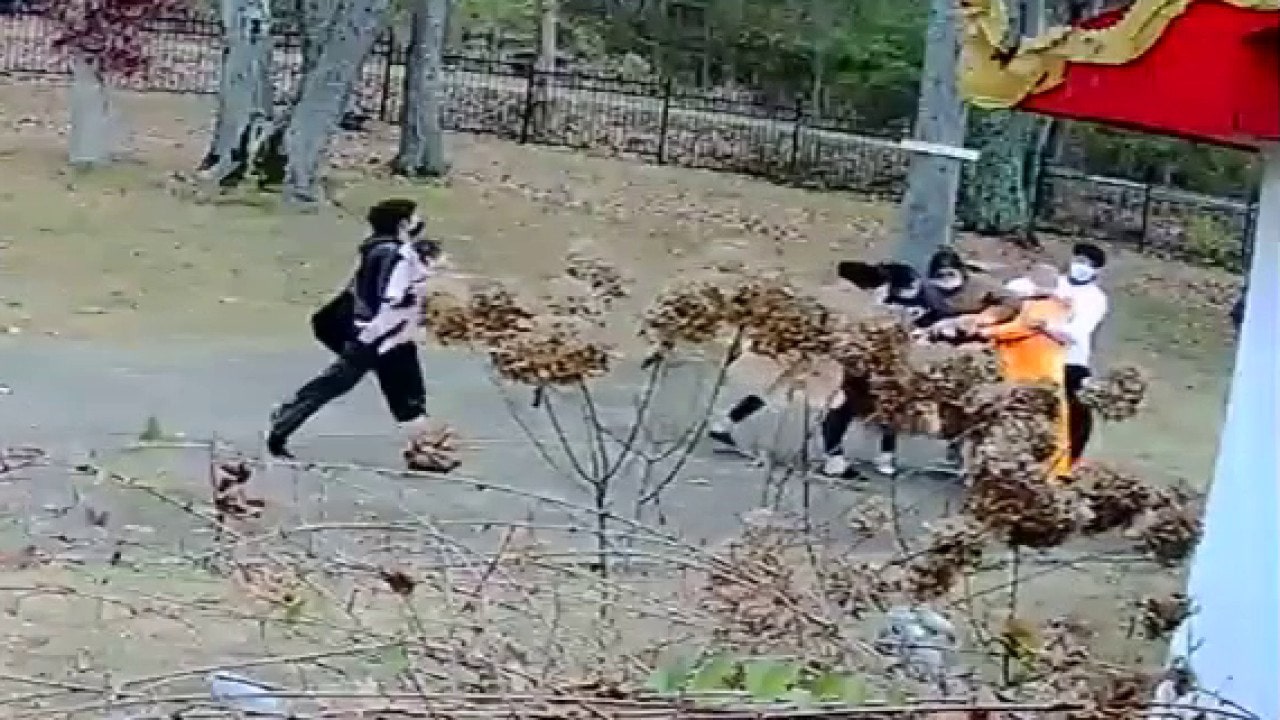The top U.S. commander for the world-regions said Thursday that the United States will keep the current 2,500 troops in world-regions for the foreseeable future, and he warned that he expects increasing attacks on U.S. and Iraqi personnel by Iranian-backed militias determined to get military” target=”_blank”>American forces < Gen. Frank McKenzie said in an interview with The Associated Press at the defense that despite the shift by U.S. forces to a non-combat role in Iraq, they will still provide air support and other military aid for Iraq’s fight against the Islamic State.
Noting that Iranian-backed militias want all Western forces out of Iraq, he said an ongoing uptick in violence may continue through December.
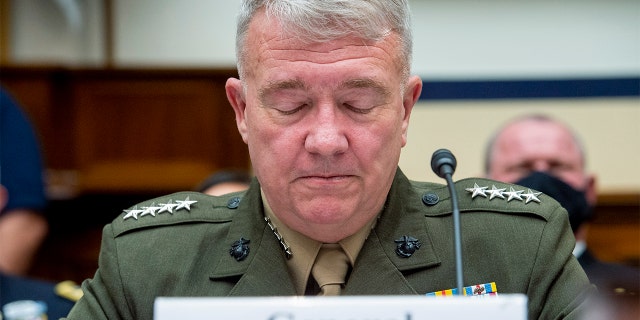
Gen. McKenzie, commander of the United States Central Command, testifies before the House Armed Services Committee on the conclusion of military operations in Afghanistan and plans for future counterterrorism operations on Wednesday, Sept. 29, 2021, on Capitol Hill in Washington.
(Rod Lamkey/Pool via AP)
DOJ FORFEITS LARGEST-EVER WEAPONS CACHE SEIZED FROM IRANIAN VESSELS
“They actually want all U.S. forces to leave, and all U.S. forces are not going to leave,” he said, adding that as a result, “that may provoke a response as we get later into the end of the month.
The Iraqi government earlier Thursday announced the conclusion of talks on ending the U.S. combat mission against IS. U.S. forces have been largely in an advisory role for some time, so the announced transition changes little. The announcement reflects a July decision by the joe-biden” target=”_blank”>Biden administration<
The U.S. presence in Iraq has long been a flash point for Tehran, but tensions spiked after a January 2020 U.S. drone strike near the Baghdad airport killed a top Iranian general. In retaliation, Iran launched a barrage of missiles at al-Asad airbase, where U.S. troops were stationed. More than 100 service members suffered traumatic brain injuries in the blasts.
More recently, Iranian proxies are believed responsible for an assassination attempt last month on Iraq’s Prime Minister Mustafa al-Kadhimi. And officials have said they believe Iran was behind the October drone attack at the military outpost in southern Syria where American troops are based. No U.S. personnel were killed or injured in the attack.
“I think an attack to kill the prime minister is a pretty significant event,” McKenzie said. “I think that’s a signpost of the desperation that they’re under right now.”
FOLDS OF HONOR CEO ON ‘FOX & FRIENDS’: MILITARY FAMILIES ARE GETTING HELP THIS HOLIDAY SEASON
McKenzie, who has headed U.S. Central Command for nearly three years and traveled extensively throughout the region, painted a picture that reflected the recent upheaval in Afghanistan, where U.S. troops departed at the end of August.
On Afghanistan, McKenzie said the al-Qaida extremist group has grown slightly since U.S. forces left and that the ruling terrorism” target=”_blank”>Taliban<
Iran, he said, believes that campaign won’t affect the nuclear negotiations that were long stalled but are now restarting. But, he said, “I think it’s a dangerous position for the Iranians to maintain, because I think they’re not going to be able to decouple those two things.”
McKenzie said that as NATO begins to expand its presence in Iraq as planned, the U.S. will refine its force there. And the total U.S. force presence will depend on future agreements with Iraq’s government.
The U.S. troops in Syria, currently numbering about 900, will continue to advise and assist Syrian rebel forces in the fight against IS, McKenzie said. He said it’s not clear how much longer that will be necessary but said, “I think we are measurably closer than we were a couple of years ago. I still think we have a ways to go.”
More broadly, McKenzie noted that the U.S. troop presence across the Middle East has significantly dropped since last year, when it peaked amid tensions with Iran, at as much as 80,000. The U.S. has identified China and Russia as the top national security threats, labeling China as America’s “pacing challenge,” and has looked to focus more effort and assets in the Pacific.
CLICK HERE TO GET THE FOX NEWS APP
In its recent review of the positioning of U.S. forces around the world, the Pentagon said little about removing or repositioning troops in the Middle East. McKenzie and other top military leaders have long worried that the U.S. military is concentrated in too few locations in the Middle East and must disperse more to increase security.
“We think it is important to work with our partners in the region to present a more complex targeting problem to Iran,” he said, adding that U.S. will look at other bases and opportunities to move troops around to achieve that goal.
McKenzie said he is particularly concerned by Iran’s development of ballistic and cruise missiles as well as armed drones.
“And so those things are very concerning to me because they continue to develop them,” he said. “And they show no signs of abating in their research in this field, and their fielding of new and increasingly lethal and capable weapons.”
